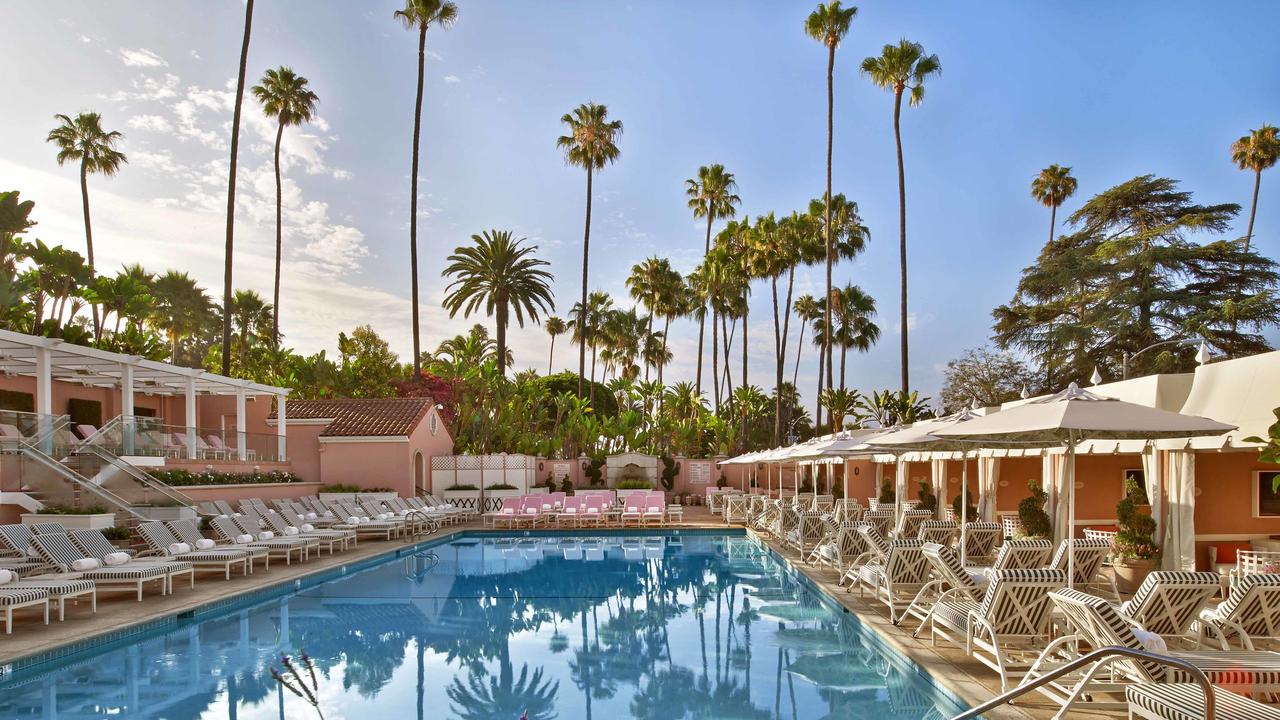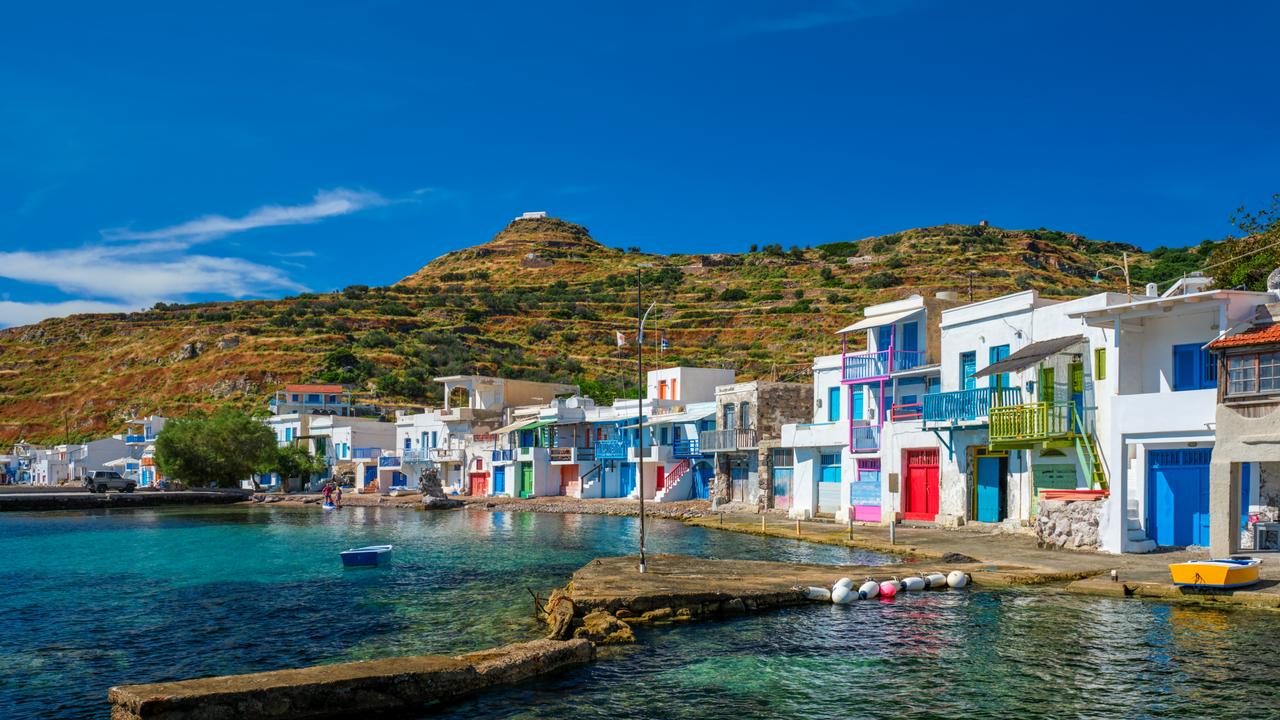Italy’s overlooked cultural and culinary hot spot
Abruzzo is undergoing a cultural revival that extends from striking art and design to culinary flair.
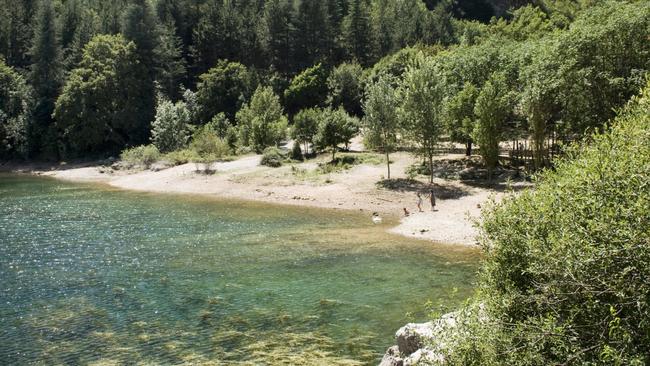
There was a time when Abruzzo was better known for spaghetti westerns than spaghetti. In the 1970s, the lush meadows, craggy peaks and lunar landscapes of the central Italian region stood in for the American south-west in a burst of gunslinging movies. Decades later, this wild, mountainous part of the country two hours east of Rome remains an under-the-radar destination, especially alongside Italy’s greatest hits like Tuscany and Amalfi.
The irreverent late Italian writer and critic Giorgio Manganelli once referred to Abruzzo as “a great producer of silence”. But in recent years a palpable hum can be detected from those working to reposition the region as a locus of creativity.
–
Explore the world’s leading cultural hubs and inventive design destinations in the latest edition of Travel + Luxury magazine, available online now.
–
An early sign came in 2014 when Sabrina Zimei turned a family villa in the province of Pescara into an exhibition space and artists’ residence. The foundation, inspired by her art-loving father, Antonio, has a mandate to support emerging artists and curators. “Pescara once had a presence in the world of contemporary Italian art,” says Massimiliano Scuderi, the Zimei Foundation’s artistic director.
German sculptor and performance artist Joseph Beuys lived in Pescara. So, too, did Greek-Italian artist Jannis Kounellis, forefather of the Arte Povera movement. “Now we’re trying to spotlight the region again,” he adds. Walking around Pescara it’s impossible not to notice the exuberant output of late artist Franco Summa. Summa’s polychromatic sculptures enliven squares, streets and residential buildings. The town is also a repository of surprising works, including murals by Millo and beach installations by Pietro Cascella.
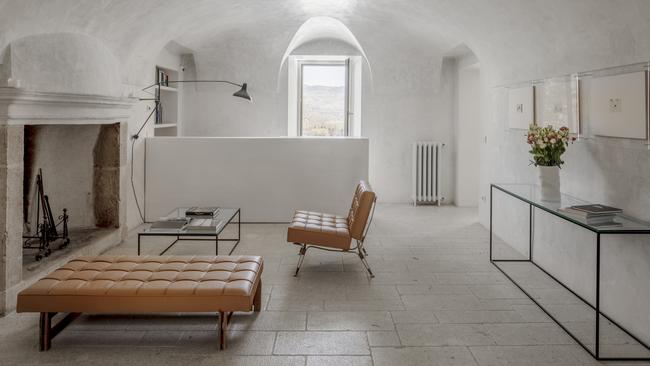
Meanwhile, last year Maxxi, Rome’s national museum of contemporary art and architecture, opened a branch in L’Aquila, the Abruzzo region’s capital. Housed in the restored 18th-century Palazzo Ardinghelli, which was damaged in the earthquake that devastated the city in 2009, the museum is aimed at spurring further cultural revival in the city.
Abruzzo extends from the Apennines in the west to the Adriatic in the east. In between are medieval villages, nature reserves and shepherds tending to their flocks. “Although not central, Abruzzo still manages to be stimulating,” says Giovanna Pizzella, who, together with Mario Michetti and Mirko Giardino, founded design firm Studio Zero85. “This is why we decided to open our base in Pescara.”
One of the group’s most notable projects was its rethink of a traboccho, a type of traditional wooden fishing structure found on the Adriatic coast, as a modern cabin to be used as a seaside retreat. Other trabocchi, most of which had fallen into disrepair, have been turned into fish restaurants. Also in Pescara is MacMamau, a covetable furnishings brand founded by sisters Sara and Ilaria Patriarca. MacMamau’s intricate pieces blend mechanical engraving, hand-painting and vibrant lacquering. “Living in a secluded place has left us free to think and experiment,” says Sara.
The food scene is gaining notice, too. Already known for classics such as arrosticini (grilled lamb skewers), bocconotti (sweet tartlets) and confetti (sugar-coated almonds), Abruzzo is flexing its gastronomic prowess. Leading the charge is chef Niko Romito, whose Reale restaurant has been awarded three Michelin stars. Set in a 16th-century monastery in Castel di Sangro, Reale reaches for the heavens. It’s a locavore temple where Romito advocates for little-used ingredients and uses techniques such as pressure-cooking to enhance their flavour expressions. “I consider myself an ambassador for Abruzzo,” says Romito, who has added Casadonna, a polished nine-room hotel for food-loving guests, styled by architect and interior designer Leonardo De Carlo with monastic purity. Gourmands can also stay at Francesco Cirelli’s farm and winery near Atri. Here, between the Adriatic and the Gran Sasso mountains, the intrepid winemaker has a pair of luxe glamping tents. “Pecorino, Montepulciano, Cerasuolo and trebbiano are our wines and I’m proud to say you can taste Abruzzo drinking them,” Cirelli says.
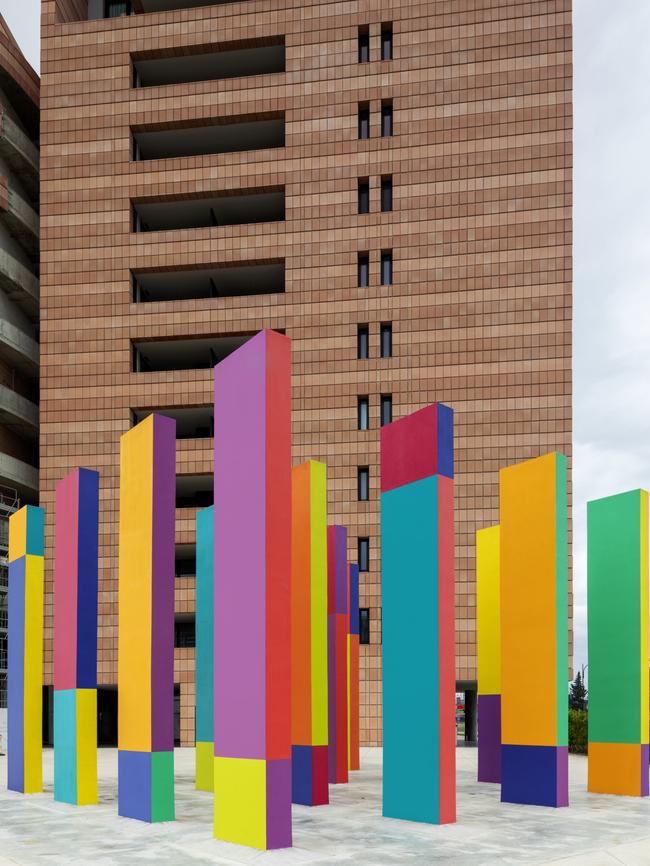
Another culinary innovator is Enzo Di Pasquale. Di Pasquale had been working in Peru before deciding to return to his hometown and opening Aprudia restaurant in Giulianova in 2020. In a handsome space with a vaulted ceiling and outdoor terrace, Di Pasquale serves inventive dishes such as pork ribs with fermented cabbage, tapioca wafers with beef tartare, beetroot and begonia petals, and eggplant with cream cheese, hazelnuts and coriander. “Abruzzo has amazing produce and I enjoy selecting every single ingredient for my menus,” he says.
Dig a little deeper and there were antecedents for the current cultural revival. Alessandra Ligi Marsicola is a descendant of the esteemed painter Francesco Paolo Michetti, whose emotive works captured Abruzzo’s characters in vivid colours and gorgeous light. In 1884 he bought a convent as his home and studio, now known as Convento Michetti. “He bought the Franciscan cloister of Francavilla al Mare and opened it to the intellectuals of the period,” she says. “A young Gabriele D’Annunzio wrote his masterpiece Il Piacere (titled The Child of Pleasure in English) here.” Marsicola still hosts private events and gatherings at this groundbreaking literary salon.
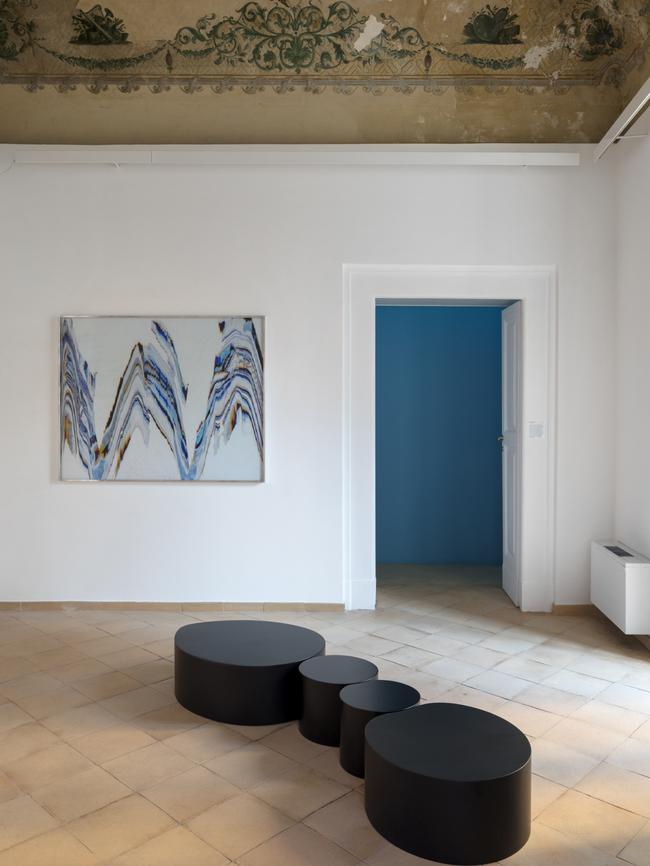
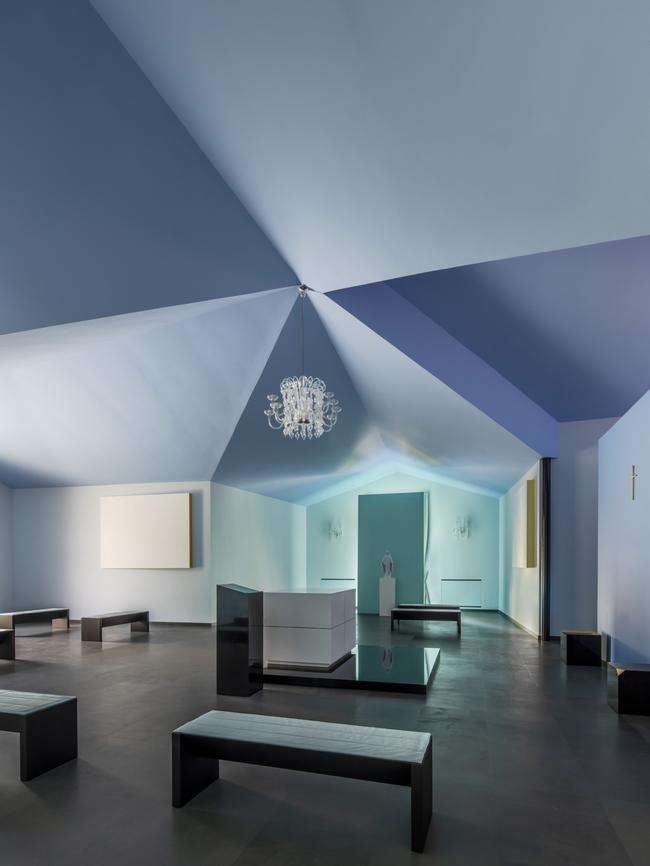
Another major figure in Abruzzo’s cultural pantheon is late artist Ettore Spalletti, known for his signature palette of pale blues, pinks and greys. Spalletti, who always lived in Abruzzo, collaborated with his wife, architect Patrizia Leonelli, to convert a building at Villa Serena in Pescara into a chapel. Completed in 2016, it has a luminescent warmth and celestial ambience. “He designed every detail to create a place where spirituality was central,” says gallery owner Benedetta Spalletti, the artist’s niece. Her gallery in Pescara, Vistamare, exhibits emerging and established talents, including her uncle’s moving works. In Abruzzo, looking back to move forward comes naturally.

